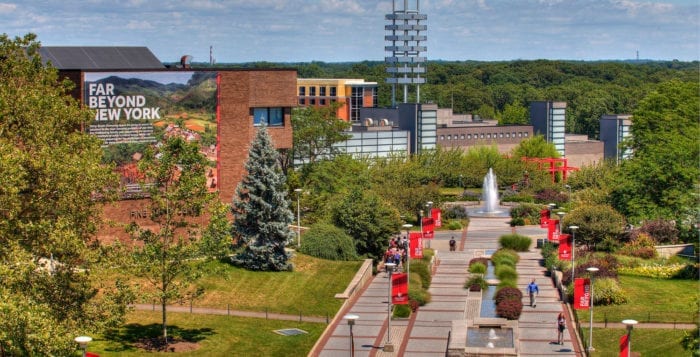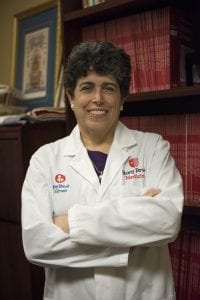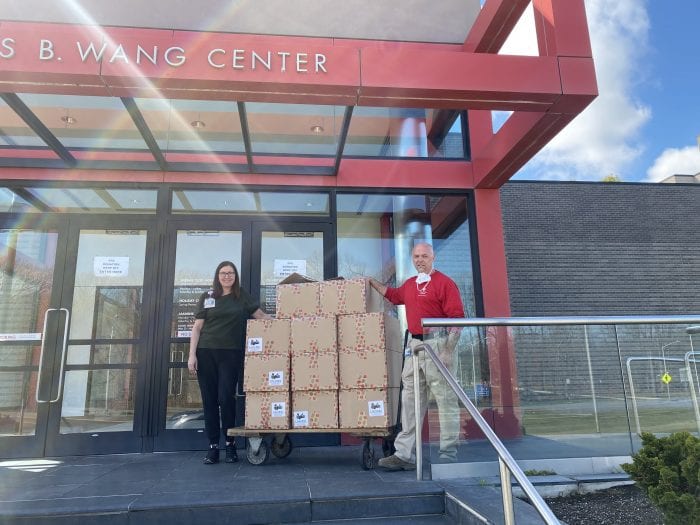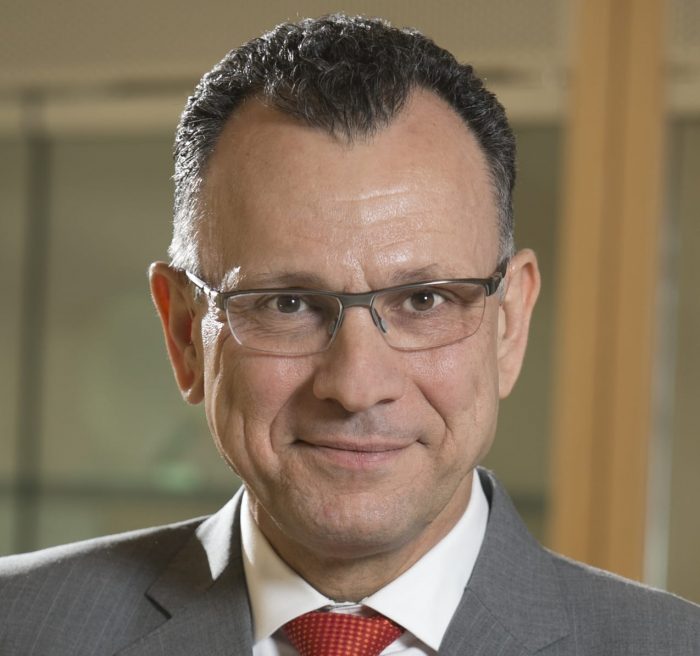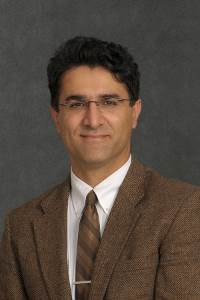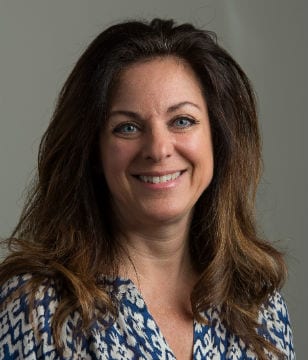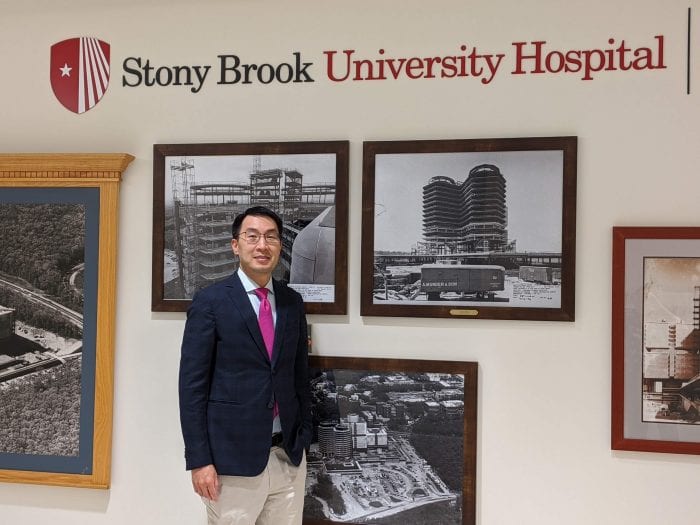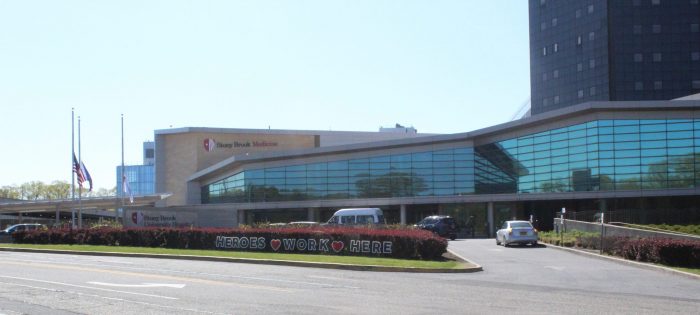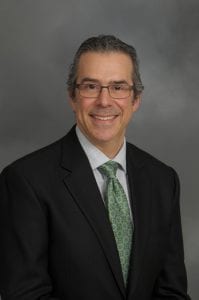The COVID-19 crisis has exacted a heavy toll on Stony Brook University’s finances, creating a $109.6 million deficit on the academic and research side.
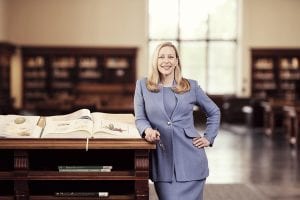
The pandemic cost the hospital and clinic an estimated $58 million, while it also cost the academic and research campus over $74.6 million in the past financial year, which includes $35 million in refunded fees, $12 million in lost revenue from cultural programs and facilities rentals, and $8.5 million in extra expenses, including cleaning and supplies, student quarantine costs and technology costs, according to message from new Stony Brook University President Maurie McInnis published on her SBU president web page Aug. 12.
Through a number of steps, including hiring freezes, the university has attempted to offset these costs, but that won’t be enough. The school is tapping into its central reserve fund, essentially the university’s rainy day pool, reducing it by over 50% in one year. McInnis, in an open letter on her web page, said this “is completely unsustainable.”
Starting today, McInnis will hold a series of virtual campus conversations to provide more details and address questions, while she and university leaders search for long-term solutions to address a host of challenges that have presented a serious headwind to the school’s future budget.
In disclosing detailed information, McInnis wrote that she believes such disclosures will help the campus work together towards solutions.
“I believe that it is only by being open and candid and providing clear information that we can come together as a community to tackle our shared challenges,” she wrote in her letter.
In her letter to the campus, McInnis detailed specific costs, while she also outlined the steps Stony Brook has taken to offset some of these financial challenges.
For starters, she wrote that the university has been “told to expect a 20-30% cut in state funding this year, or $25 million.” The school also had its allocation for last year retroactively cut by $19 million.
“It is unclear when, if ever, our funding will return to current levels, let alone the levels of support we ideally receive as a top research institution in the region,” she wrote in her letter.
Federal government restrictions on travel and visas, along with COVID impacts, have created a 17.5 percent drop in out-of-state and international students, which not only reduces diversity but also creates a $20 million drop in revenue.
The number of campus residents will also decline by 40% for next semester, from 10,000 to 6,000, creating an estimated $38.9 million revenue loss.
The bottom line, she explained, is that the $109.6 million deficit on the academic and research side. This she predicts, could become significantly worse.
The measures the university has taken offset some of that decline, saving the school an estimated $55 million, but the measures still do not close the budget gap and are not sustainable.
A hiring freeze for new positions and for those that become open from staff and faculty attrition will save $20 million.
Student housing refinancing will save $31.1 million in fiscal year 2021.
An ongoing freeze on expenses covering costs for service contracts, supplies and equipment and travel will save about $2.3 million
A cut to the athletic budget will save $2 million.
Senior campus leadership, meanwhile, has voluntarily taken a 10% pay cut along with a permanent hold back of any 2% raise for all Management Confidential employees.
At the same time, the university faces longer-term financial challenges.
State support has declined since 2008, from $190.4 million to $147.7 million last year. That will be even lower this year. On a per-student basis, state support in 2020 was $6,995, compared with $9,570.
This year’s expected increase in tuition and the Academic Excellence fee have not been approved by the SUNY Board.
The multi-year contracts that govern faculty and staff pay have not been fully funded, McInnis wrote in her president’s message. That has created an additional cost of $10 million for the 2020 fiscal year. Over the next five years, that compounds to $54 million.
The rainy day fund is picking up $9.7 million of that scheduled contractual salary increase raise.
The Tuition Assistance Program has been set at 2010 tuition levels, which creates a $9 million financial gap in fiscal year 2020. That is expected to rise in 2021. Stony Brook also recently learned, according to McInnis’s letter, that TAP will be funded at 80 percent of what the school awards to New York State students who rely on the program to access higher education.
At the same time, the Excelsior Program, which began in the fall of 2017 and allows students from families making up to $125,000 to attend school tuition free, may not accept new students this year.
McInnis concluded with her hope that the university will come together in the same way it did during the worst of the pandemic in New York to address these financial challenges.
“I fully recognize that you are operating in one of the most difficult environments any of us has experienced,” she wrote. “And, we are going to have to bring the same level of collaboration and innovation that you brought at the height of the COVID-19 response to our systemic budget challenges.”

